The Douglas fir
This page is only available for mobile

Not without controversy
The Douglas fir – a naturalized forest tree
The Douglas fir grows naturally in western North America from Canada to Mexico. It is very adaptable and grows quickly. As it also produces good quality wood, it has been increasingly grown in Germany since 1950.
Fragrant and soft
You can recognize the Douglas fir by its soft needles, which give off a fruity citrus fragrance when rubbed. In young trees, the branches are remarkably flexible and the bark is grayish green and smooth. With age, the tree develops a rough cork-like bark.
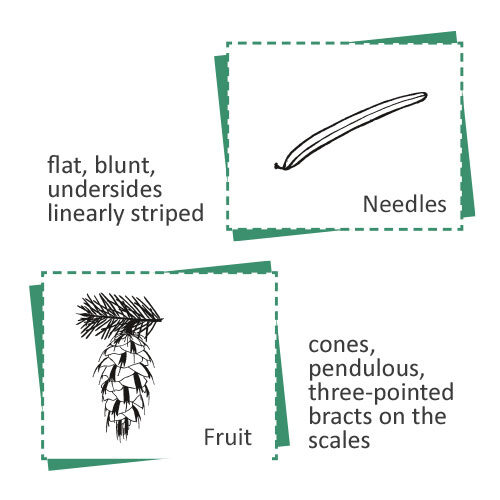
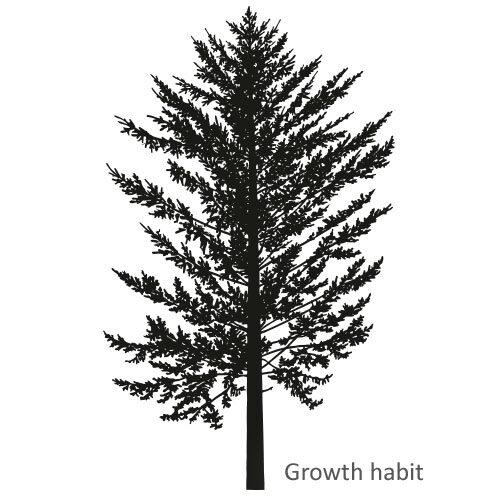
Generational forest project - what we plant today will only be harvested by our great-grandchildren
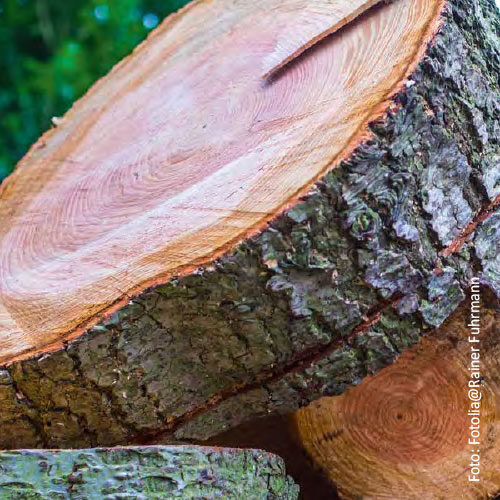
In old age: reddish heartwood and coarse bark
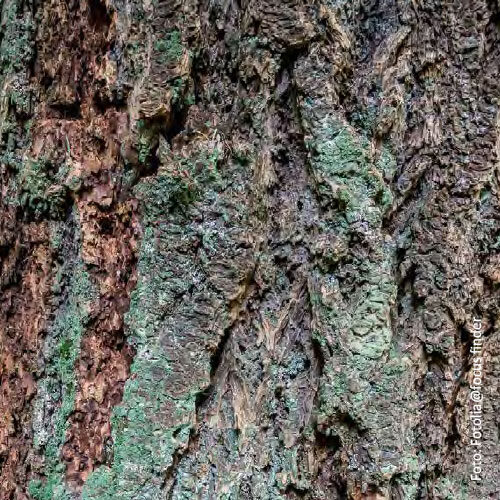
The Douglas fir can easily be recognized by its rough, cork-like bark.
When it comes to climate change, this will be a tree for the forest industry.
In Niedersachsen (Lower Saxony), the average annual temperature has risen by 1.4 degrees Celsius (2.5 degrees Fahrenheit) in the past 50 years. This increases the risk of forest trees suffering from drought and dying. This mainly affects the spruce. As the Douglas fir shows a great tolerance in its climate and soil requirements, it is an alternative to spruce for the forest industry. Even in locations with poor soils, it still demonstrates vigorous growth. Compared to spruce or beech, Douglas fir fulfills a significantly higher climate protection function, because it stores more carbon and offers more permanent uses. Thus, in the Teutoburger Wald (Teutoburg Forest), for example on the southern slope of the Dörenberg, Douglas fir is being planted in spruce-risky locations. The aim of the forest industry is to counter the risks of climate change by creating mixed forest stands. In near-natural forests, however, the cultivation of Douglas fir is controversial, as it is not originally part of the local ecosystem.
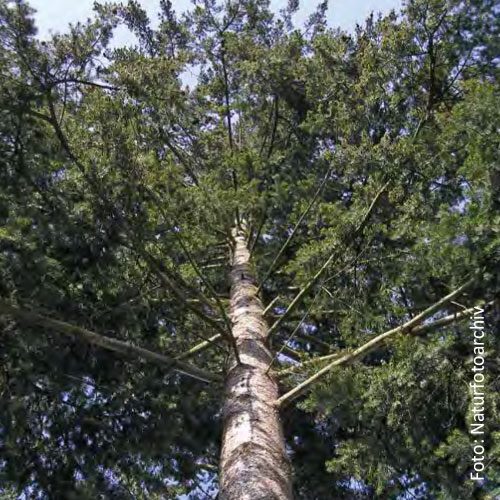

Hello, I'm a Douglas fir. I come from North America. I have soft, flexible needles and branches. And I smell good. Rub some of my needles between your fingers and sniff them! My reddish wood is often used as construction and furniture wood. I am very adaptable and grow particularly quickly. The tallest tree in Germany, at 66 meters (216 feet), is also a Douglas fir. This makes me very interesting for the forestry industry.
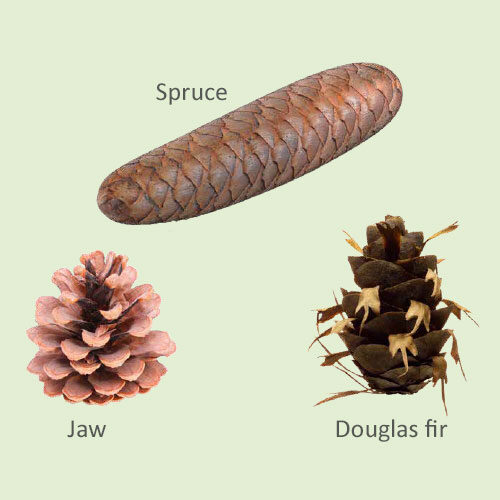
You can also recognize me by the shape of my cones. They have long, three-pointed bracts that protrude above each scale. Pine tree cones are rather rounded and the spruce cone is elongated, like a small carrot.
